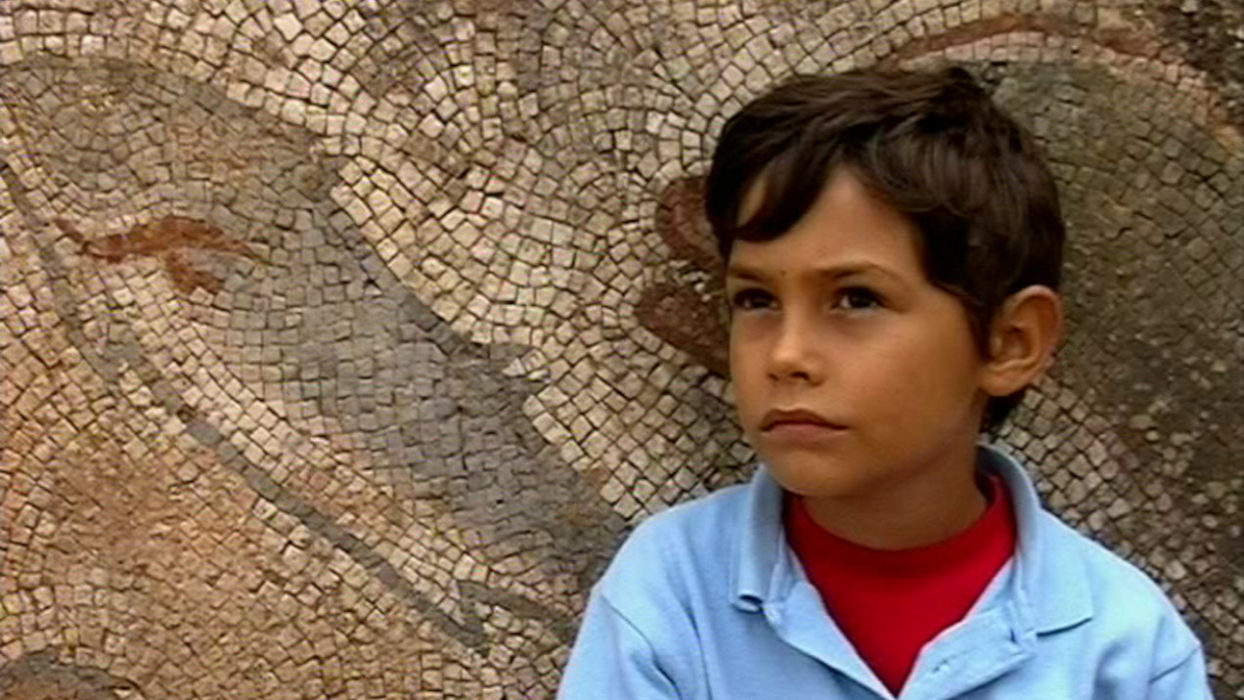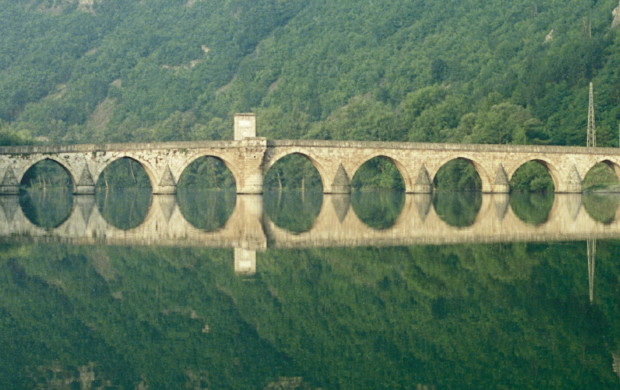A Luz na Ria Formosa
Meandering among the Milreu Roman ruins, amid the remains of magnificent mosaics, a mother teaches her son the ways of life. She reads to him Seneca’s letter to Lucilius. The stoic advises his friend to read since “Reading breeds intelligence”. Seeing and listening too. This is the guiding principle for mother and son as they journey through the village streets, along the estuary banks, and over the waters of the sea’s inlets. This terrain of apprenticeship is a “protected” strip of land forty kilometres long, where light reigns. “That fleshy light that quivers and stirs like the wings of a cicada”, said the poet Raul Brandao, who was the grandson of fishermen and forerunner of the roman-essai. The almost tangible light of Ria Formosa envelops the encounters and criss-crossing of its living matter.
Scuola del Documentario Dropout di Milano; 39 Degraus
39 Degraus
Vanessa Pimentel; Renata Sancho
Antonio Pedro Figueiredo
Inês Carvalho; João Botelho




